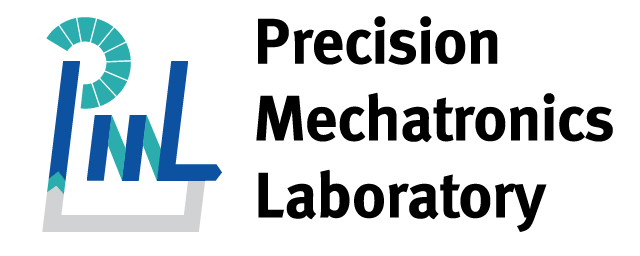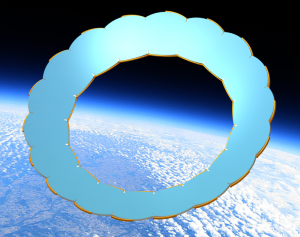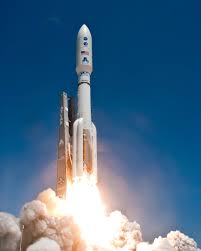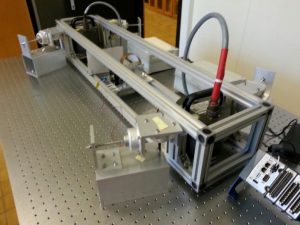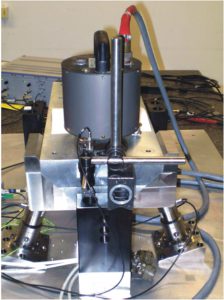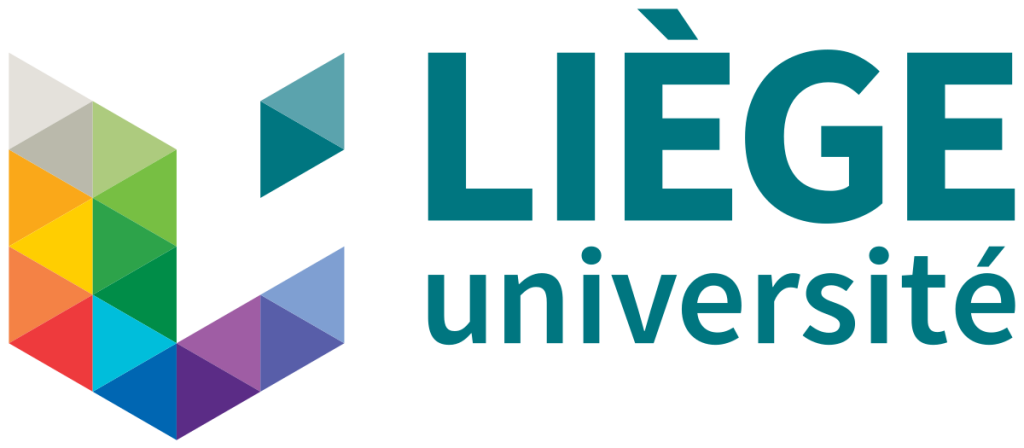Research being carried out by PML
Deployment and control of the TALC space telescope
The scientific community has accumulated a string of successes in MIR-FIR astronomy, starting with the IRAS mission in 1983, and culminating with the Herschel Space Observatory in 2009. Europe fared well in this endeavour, with Herschel being internationally recognized as a success. Yet the current approach of monolithic mirrors reached the launcher limits with Herschel. This 3.5m SiC mirror telescope was an extraordinary achievement of the European community, but in its wavelength range, it delivered an angular resolution no better than Galileo’s telescope in the 17th century… Read more
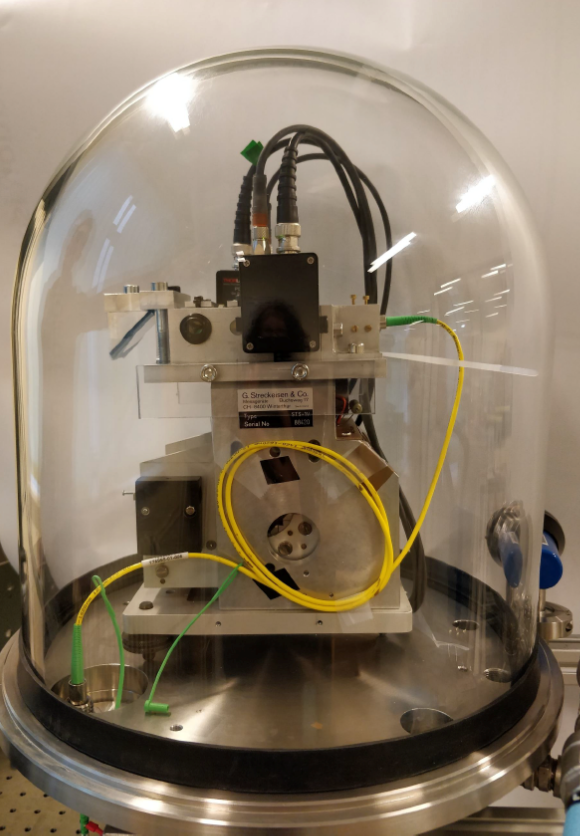
High resolution optical inertial sensor
Inertial sensors are widely used in the fields of seismology, exploration, controlling engineering, national defence, etc. However, traditional inertial sensors suffer from three major limitations: they have a limited resolution, they cannot distinguish between translation and rotation, and they are sensitive to the ambient noise (temperature, pressure, humidity, magnetic field, radiation… Read more
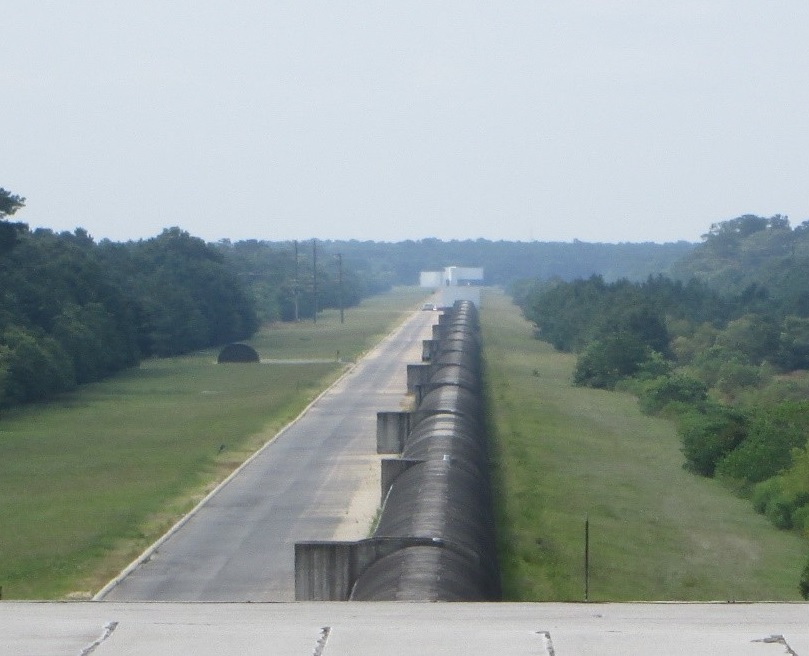
Opto-Active isolation SYStem (OASYS)
In 1916, Albert Einstein predicted the existence of gravitational waves. According to his general theory of relativity, these waves are produced by strong astronomical events, like the coalescence of black holes, and propagate in all directions in the universe. Since half a century ago, several instruments have been developed in order to measure these waves. The most sensitive instruments are long Michelson interferometers… Read more
Active isolation from launcher’s vibration environment
Sensitive payloads mounted on top of launchers are subjected to many sources of disturbances during the flight. The most severe dynamic loads arise from the ignition of the motors, gusts, the pressure fluctuations in the booster and from the separation of the boosters. In order to reduce the transmission of these dynamic forces, payloads can be mounted on passive isolators, which comprise passive elements to filter out high frequency loads, at the expense of harmful amplifications of the motion at low frequency due to suspension modes (where the payload bounce on the suspension stiffness)… Read more
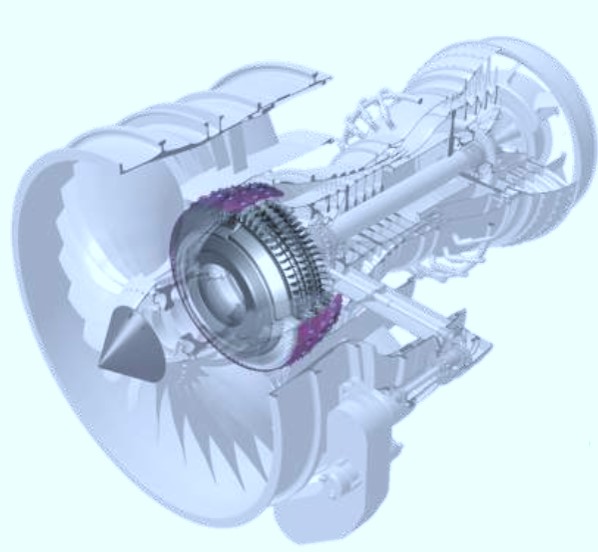
Active damping of non-linear structures
At present, aerospace, automotive and mechanical industries are under increasing pressures to increase the performance of their products while reducing the time required to enter the market.
Moreover, given the constant need to reduce their environmental footprint, the structures are lightening day by day. For example, the European Flight path 2050 Europe’s Vision for Aviation plan stresses the need for aviation Central role in the reduction of greenhouse gases… Read more
Vibration damping of large structures with active cables
Several scientific instruments dedicated to experimental physics are (or will be) composed of very sensitive equipments mounted on large structures. For example: space telescopes mounted on large truss structures, electromagnets of particle colliders mounted on large superstructures, or mirrors of gravitational wave detectors mounted on huge pier structures. Even if the precision required in the aforementioned examples may differ by several orders of magnitudes… Read more
Non-magnetic seismic isolation of an extended object
A very good isolation from environmental vibrations is required for many applications, lithography machines, atomic force microscopy, medical imaging. Among them, the stabilization of the electromagnets of future compact linear particle collider (CLIC) is an emblematic example of cumulated difficulties [1,2]. Scientists estimate that the RMS value of the last electromagnet vertical displacement should not exceed 0.15nm at 4 Hz. Above such vertiginous requirement, several additional constraints have to be properly dealt with: they have an extended shape… Read more
Particle collider electromagnet stabilization and nano-positioning
The Compact Linear Collider (CLIC) currently under study at CERN consists of a very large number (more than 20000) of identical sections (Fig. 1), the function of which is to accelerate and focus the beam of particles, towards the final section where the collision takes place. In this future machine, electrons and positrons will be accelerated in two linear accelerators to collide at the interaction point with an energy of 0.5 to 3 TeV… Read more
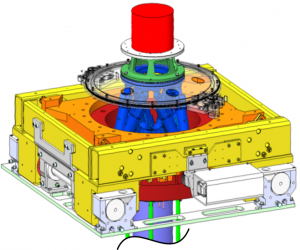
Active nano-positioning system for diffraction tomography experiments at ESRF
The ESRF (European Synchrotron Radiation Facility) is an international research facility based in Grenoble, France. Thanks to high-level, innovative engineering and cutting-edge vision, the ESRF is recognised as one of the top research institutions worldwide, welcoming more than 6 500 scientists every year in various fields such as biology, chemistry, materials and surface science.
A new, low emittance lattice storage ring is currently under construction at the ESRF. In this new instrument, the upgraded end stations must allow to position the samples along complex trajectories, with a nanometer precision… Read more
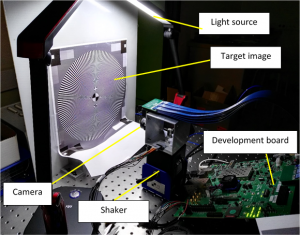
Active image stabilization system for drones
Drones are small unmanned aerial vehicles which can be controlled remotely. Recently, the drones have found the application in many different fields. They can be used for aerial photography, remote sensing, to monitor crops in agriculture, surveillance in military, rescue operations and even health monitoring of structures. The drones used in these applications are equipped with cameras. During the drone flight, the camera is subjected to vibrations which hamper the quality of the captured images/videos. This in turn reduces the effectiveness of the system… Read more
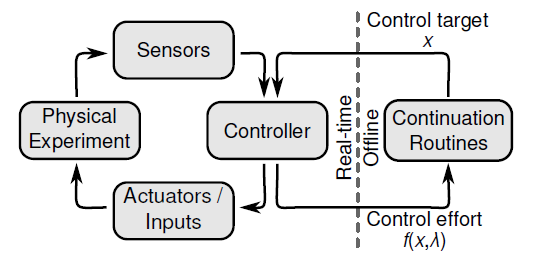
Identification methods for experimental vibration analysis
In the virtual prototyping era, experimental vibration testing still plays a crucial role during the certification of an engineering product. However, as many industries face increasing technological, economic and environmental pressures, the need to embrace nonlinear dynamical behavior mounts further. We are currently at a stage where practising engineers, who were used to ignore or avoid nonlinearity during design and testing, are now looking for the next generation of experimental vibration analysis techniques. In this context, the objective of this doctoral project is to develop novel testing methodologies and algorithms that can rigorously and effectively characterize the dynamics of a structure exhibiting nonlinearities… Read more

Virtual sensor fusion for high precision control
High performance control requires high loop gain and large control bandwidth. However, the spurious resonances at the higher frequencies can limit the performance of such type of system. However, the spurious resonances at the higher frequencies can limit the performance of such type of systems. This drawback can be overcome by using sensor fusion technique. In sensor fusion, two different sensors are combined in synergy such that good performance is achieved at lower frequencies while
ensuring robustness of the system at higher frequencies… Read more
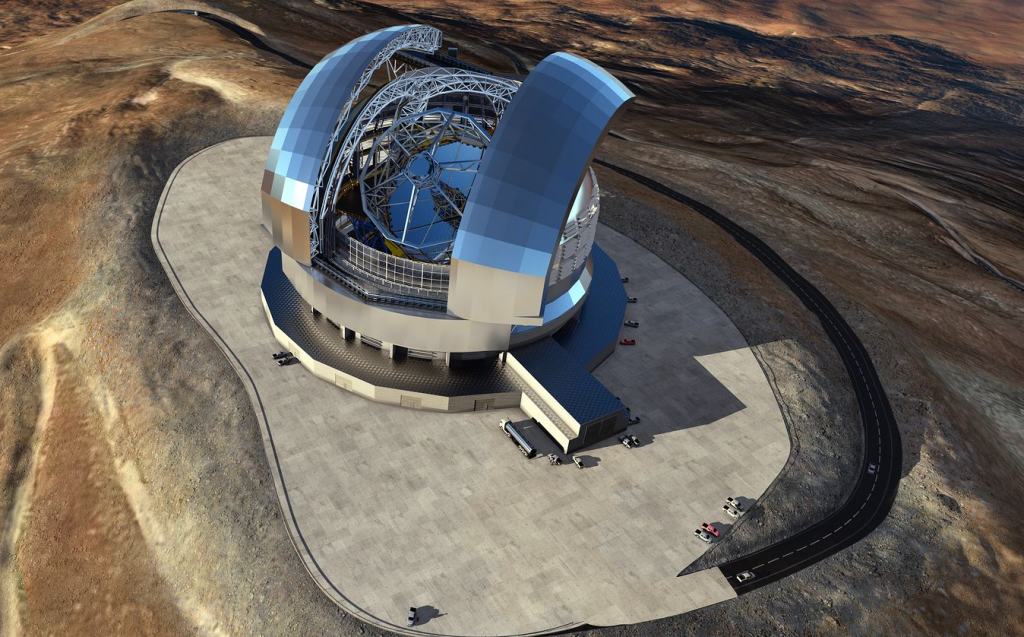
Optimal Architectures for Mechatronic System Design
Vibration control architectures are of high interest in the field of large and lightweight structures that require high performance. Unfortunately, a real trade-off currently exists between the obtained control performance and the computational time when the vibration control architecture is designed.
This research project aims to develop a new optimization methodology to design high-performance active structures with a strong transducer integration while ensuring low computational costs… Read more
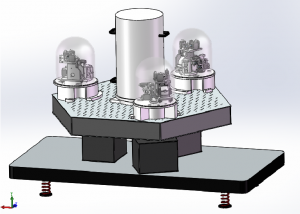
SILENT Project
With the ever-developing new technologies and high-precision scientific instruments, the performance requirements of vibration isolation are more and more stringent. Gravitational- Wave Detectors (GWDs) are probably some of the most advanced of those high-precision scientific instruments. GWDs are basically kilometer-scale interferometers: devices capable of measuring the relative motion between two mirrors with high accuracy. The best state-of-the-art technologies, from many different domains of engineering, are used to isolate these mirrors from any external disturbances. The only remaining external factor that could cause a relative motion of the test mass is a distortion of space itself… Read more
